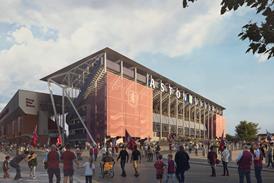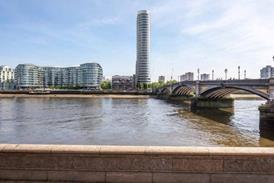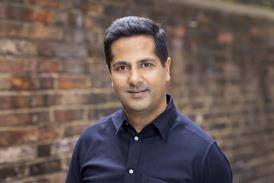- Home
- Intelligence for Architects
- Subscribe
- Jobs
- Events

2025 events calendar Explore now 
Keep up to date
Find out more
- Programmes
- CPD
- More from navigation items
The experts our cities need most

As expertise is welcomed back into government, it’s time our cities got the placemaking leadership they desperately need, writes Sophie Thompson
When Michael Gove, appealing to a populist agenda, said, “I think the people of this country have had enough of experts” there was a pretty sharp collective intake of breath. It may be time to exhale.
Flick on the news, scroll your socials… one thing seems certain. The expert is back.
…
This content is available to registered users | Already registered?Login here
You are not currently logged in.
To continue reading this story, sign up for free guest access
Existing Subscriber? LOGIN
REGISTER for free access on selected stories and sign up for email alerts. You get:
- Up to the minute architecture news from around the UK
- Breaking, daily and weekly e-newsletters
Subscribe to Building Design and you will benefit from:

- Unlimited news
- Reviews of the latest buildings from all corners of the world
- Technical studies
- Full access to all our online archives
- PLUS you will receive a digital copy of WA100 worth over £45
Subscribe now for unlimited access.






